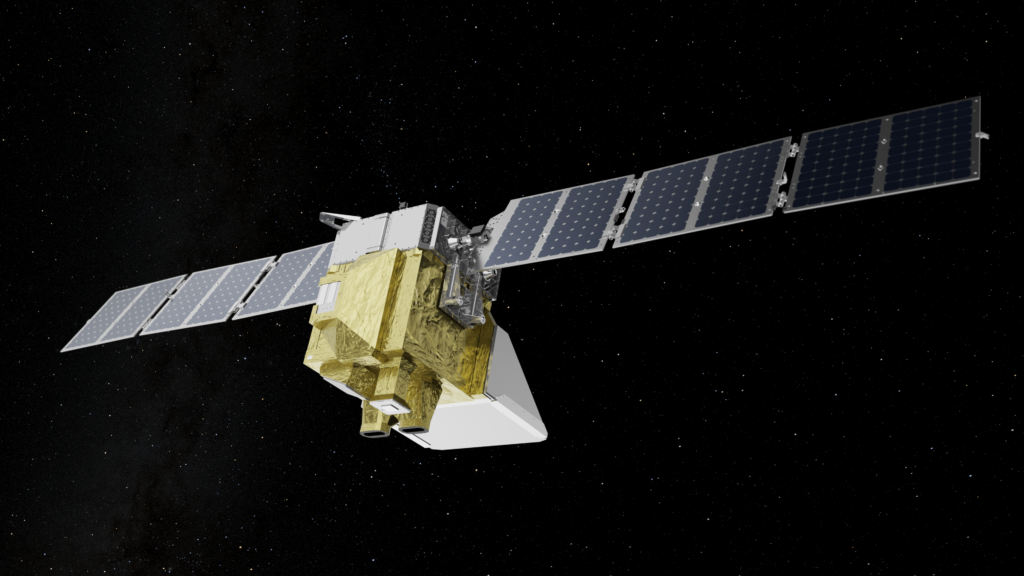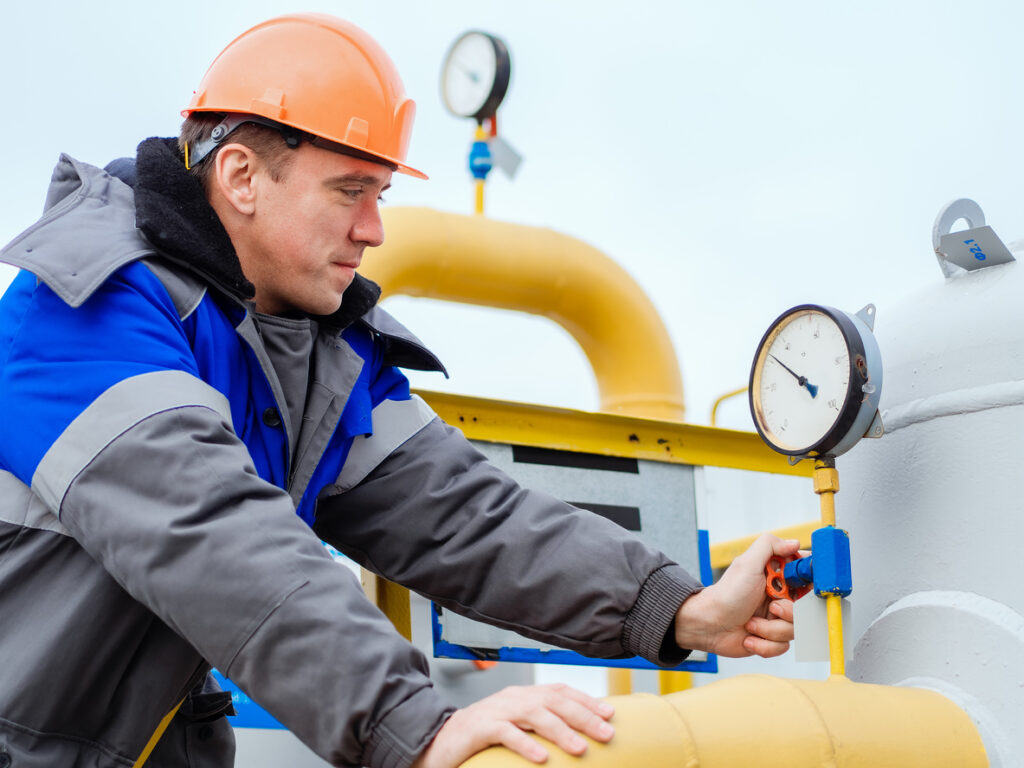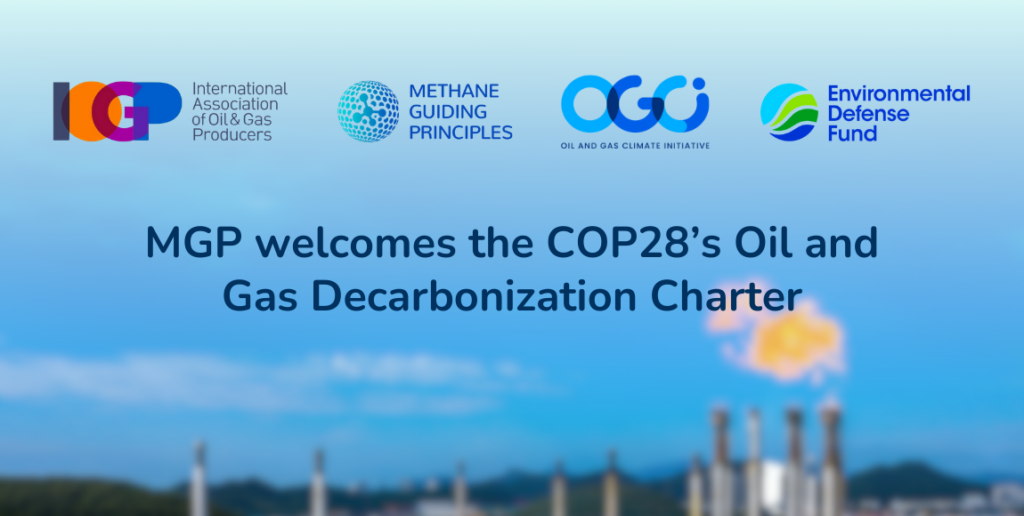The Chinese versions of the Methane Guiding Principles (MGP) Best Practices Guides were jointly released online by Beijing Gas, MGP and the Environmental Defense Fund (EDF). Beijing Gas led the translation efforts with support from EDF.
More than 60 people attended the virtual event, representing China’s oil and gas industry, research institutes and non-governmental organizations.
The release event took place in a context where methane emissions control and reduction are attracting increasing attention globally. During his UN General Assembly address on September 22, 2020, Chinese President Xi Jinping announced China would scale up its Intended Nationally Determined Contributions by adopting more vigorous policies and measures, and aims for peak carbon dioxide emissions before 2030 and achieve carbon neutrality before 2060. Deep cuts of greenhouse gas emissions, including methane, are essential to the attainment of China’s carbon neutrality target. Based on 2014 statistics, 45% of methane emissions in China came from the energy industry, 40% from agriculture and 12% from waste treatment. The focus on methane emissions reductions to meet environmental goals is a relatively new area for the oil and gas industry, but an urgent priority.
Keynote speakers at the release event included Ms. Sue-Ern Tan, MGP representative and Group Carbon Relations Manager at Shell, Ms. Han Jinli, Chief Engineer of Beijing Gas, and Dr. Zhang Jianyu, EDF Vice President and Chief China Representative. The topics covered an introduction to MGP, the importance of oil and gas methane emissions reduction in China, and a discussion of how MGP could contribute to that effort.
Dr. Xie Donglai, EDF Senior Scientist, introduced the MGP Best Practices and policy framework in detail. Ms. Yang Hanling, EDF Director of Global Energy moderated the event.
The Chinese MGP Best Practice Guides cover eight topic areas: Engineering Design and Construction, Operational Repairs, Pneumatic Devices, Flaring, Energy Use, Equipment Leaks, Venting, and Continual Improvement, along with a brochure of synopsis.




